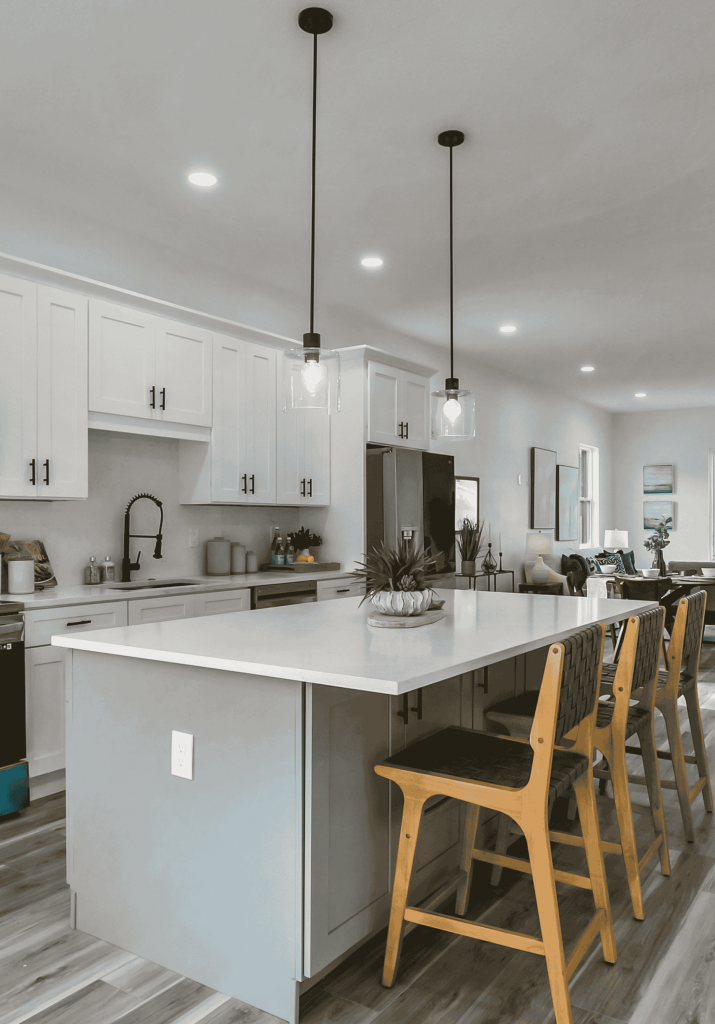The Foundation of Perfection: Why a Perfect Base is Crucial for Perfect Flooring
When it comes to flooring, most people focus on aesthetics. The color, the texture, the material. While these are all important factors, the real secret to a long-lasting and flawless floor lies beneath the surface. A perfect base is the backbone of perfect flooring, ensuring durability, stability, and a polished finish.
Why the Base Matters
Think of your flooring as a work of art. No matter how beautiful the design, if the canvas is flawed, the final masterpiece will suffer. The base, also known as the subfloor, serves as the foundation for your flooring material, and any imperfections at this level will inevitably affect the surface above.
1. Ensures Longevity
A poorly prepared base can lead to flooring damage over time. Uneven surfaces, moisture retention, and weak underlayment can cause cracks, warping, or loosening. A solid, well-prepped base increases the lifespan of your flooring, making it a worthwhile investment.
2. Prevents Uneven Surfaces
An uneven base will result in an unstable floor, leading to issues like creaking, gaps, or even tripping hazards. Whether you’re installing hardwood, laminate, tiles, or vinyl, a perfectly leveled base ensures a smooth and professional finish.
3. Improves Aesthetic Appeal
Even the most premium flooring material can look unappealing if the base isn’t properly prepared. Visible bumps, misalignments, and poor adhesion can take away from the seamless beauty of your floor. A well-prepared base ensures a polished and high-end look.
4. Enhances Safety and Comfort
A sturdy subfloor not only protects against structural issues but also provides a comfortable and safe surface to walk on. Uneven flooring can lead to accidents, and moisture-retaining bases can encourage mold growth, impacting indoor air quality.
How to Achieve the Perfect Base for Flooring
Achieving the perfect flooring base requires proper assessment, material selection, and expert installation. Here’s what you need to focus on:
1. Inspect and Repair the Subfloor
Before installing new flooring, check for cracks, dents, or moisture issues in the subfloor. Repair any damages and ensure it’s dry to prevent long-term problems.
2. Level the Surface
An uneven surface leads to unstable flooring. Use self-leveling compounds or professional techniques to create a flat and sturdy base.
3. Choose the Right Underlayment
Different flooring materials require different types of underlayment. For example, hardwood may need plywood, while laminate flooring benefits from foam or cork underlayment for added comfort and noise reduction.
4. Consider Moisture Control
Moisture is a common enemy of flooring. Using moisture barriers, especially in areas prone to dampness, helps prevent issues like warping, swelling, or mold growth.
Conclusion
A perfect flooring base isn’t just an added step—it’s a necessity. Without a strong and even foundation, even the most expensive flooring will fail to deliver the look and durability you expect. Whether you’re renovating your home or working on a commercial project, prioritizing the base will ensure your floors remain flawless for years to come.
At Max Venture, we specialize in providing expert flooring solutions that start with a perfect base. Contact us today to explore the best flooring options tailored to your needs! #MAXitOUT
